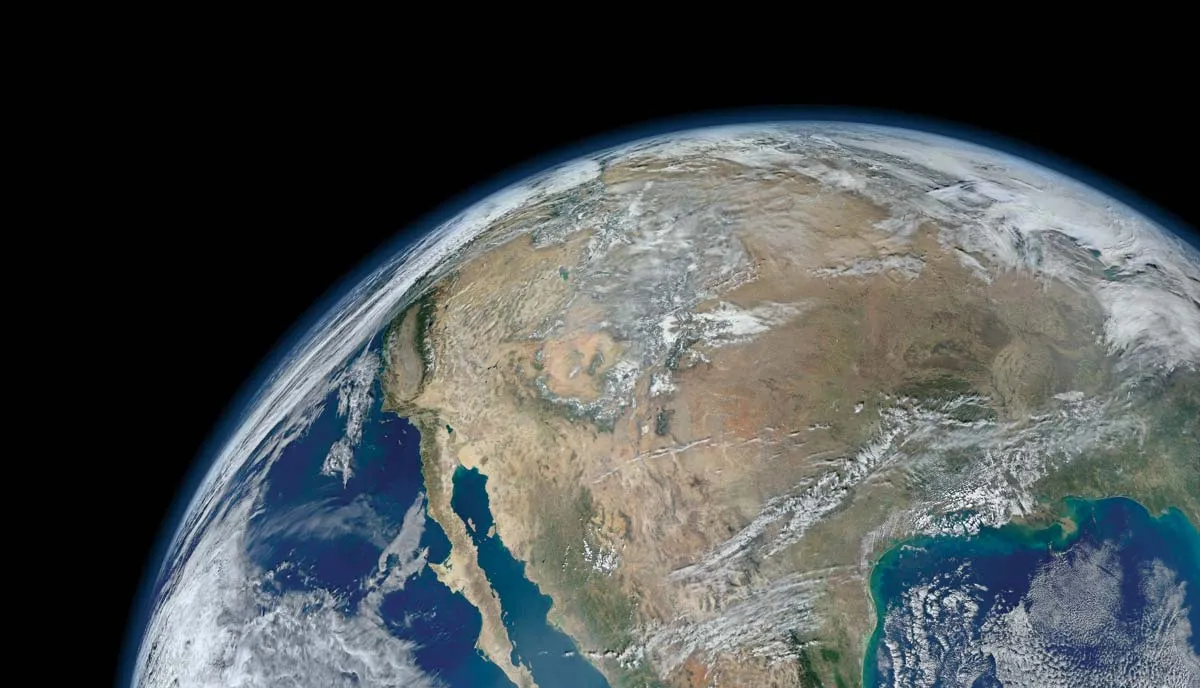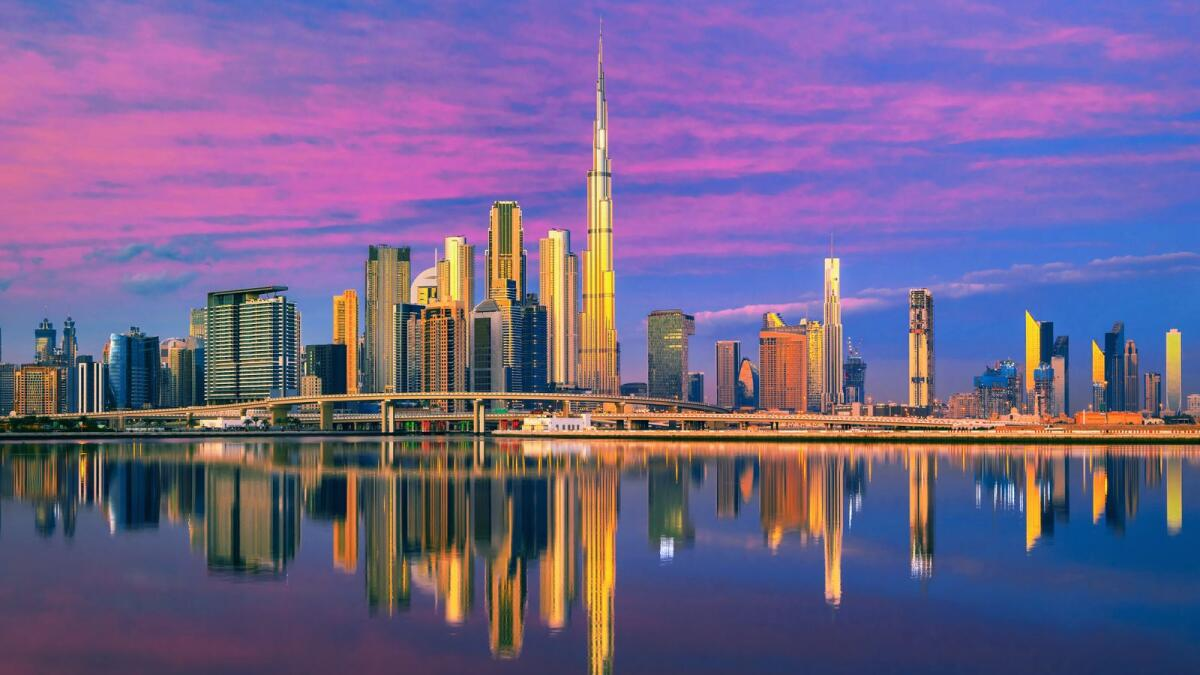Now Reading: Discover These 10 Crazy Truths About Earth’s Water Cycle 2025
-
01
Discover These 10 Crazy Truths About Earth’s Water Cycle 2025
Discover These 10 Crazy Truths About Earth’s Water Cycle 2025

The water cycle is one of Earth’s most important natural systems. It moves water around our planet, supports all living things, and shapes the weather we experience every day. While we learn about the water cycle in school, many people don’t realize just how fascinating and powerful it really is.
Here are 10 amazing facts about the water cycle that will help you understand it better and maybe even look at your glass of water a little differently.
1. The Water Cycle Has No Beginning or End

The water cycle is a continuous process that has been happening on Earth for billions of years. Water moves through different stages: evaporation, condensation, precipitation, and collection. Since it’s a cycle, there’s no real starting point. The water you drink today could be the same water that once flowed through a river hundreds of years ago.
2. The Sun Powers the Entire Cycle
The main driver of the water cycle is the sun. Its heat causes water in oceans, lakes, and rivers to evaporate into the air as water vapor. Without the sun, the water cycle would not exist. The energy from the sun keeps the process going and helps create clouds and weather patterns.
3. Water Can Stay in One Stage for a Long Time
Water doesn’t always move quickly through the cycle. In fact, some water can stay in one part of the cycle for years or even centuries. For example, water stored deep underground or frozen in glaciers may not move for thousands of years. This “trapped” water is still part of the cycle, just moving very slowly.
4. The Water You Drink Is Ancient
Every drop of water on Earth is billions of years old. Water doesn’t get “used up”—it just moves through the cycle over and over. That means the water you use today could have once been part of a glacier, a river, or even inside a dinosaur.
5. Plants Play a Big Role Through Transpiration
When we think of the water cycle, we often forget about plants. But they play an important role through a process called transpiration. Plants take in water through their roots and release it as water vapor from their leaves. This adds moisture to the air and helps form clouds.
6. Only a Small Amount of Water Is Fresh
Even though Earth is covered in water, only about 3% of it is fresh water. The rest is salt water found in oceans. Of that 3%, most of it is trapped in glaciers or deep underground. This makes the water cycle incredibly important for bringing fresh water to the surface where people and animals can use it.
7. Clouds Are Made of Tiny Water Droplets
Clouds might look light and fluffy, but they are actually made of millions of tiny water droplets or ice crystals. These droplets form when water vapor in the air cools down and condenses. When they get heavy enough, they fall to the ground as rain, snow, or hail
8. Water Cycle Helps Control Earth’s Temperature
The movement of water through the cycle also helps regulate the Earth’s temperature. Evaporation cools the environment, while condensation releases heat. This balance keeps our climate stable and supports ecosystems around the world.
9. Human Activity Is Affecting the Water Cycle

Climate change, deforestation, and pollution are disrupting the natural water cycle. For example, global warming is causing glaciers to melt faster and changing rainfall patterns. When forests are cut down, less water is released into the air through transpiration. These changes can lead to droughts, floods, and other extreme weather.
10. The Cycle Connects All Living Things
Every living creature depends on the water cycle. It provides drinking water, helps grow food, supports wildlife, and shapes the landscapes we live in. From the tallest trees to the smallest insects, everything on Earth is connected through this incredible system.
Why It Matters

Understanding the water cycle helps us appreciate just how connected we are to nature. It also shows us why we need to protect water sources and keep our environment clean. Simple actions—like saving water, planting trees, and reducing pollution—can make a big difference in keeping the cycle healthy for future generations.
Conclusion
The water cycle is more than just a science topic from school. It’s a powerful, ancient process that supports life, controls the climate, and shapes our world. These 10 facts only scratch the surface of how amazing it truly is. Next time you see rain, clouds, or a flowing river, remember that you’re witnessing just one part of a cycle that has been in motion since Earth began.
Whether you’re a student, a nature lover, or just someone curious about how our planet works, learning about the water cycle is a great step toward understanding the world we live in—and our role in protecting it.
Read More:- Shobha Realty Launches Its Most Luxurious Project Yet—Full Details Inside 2025






















